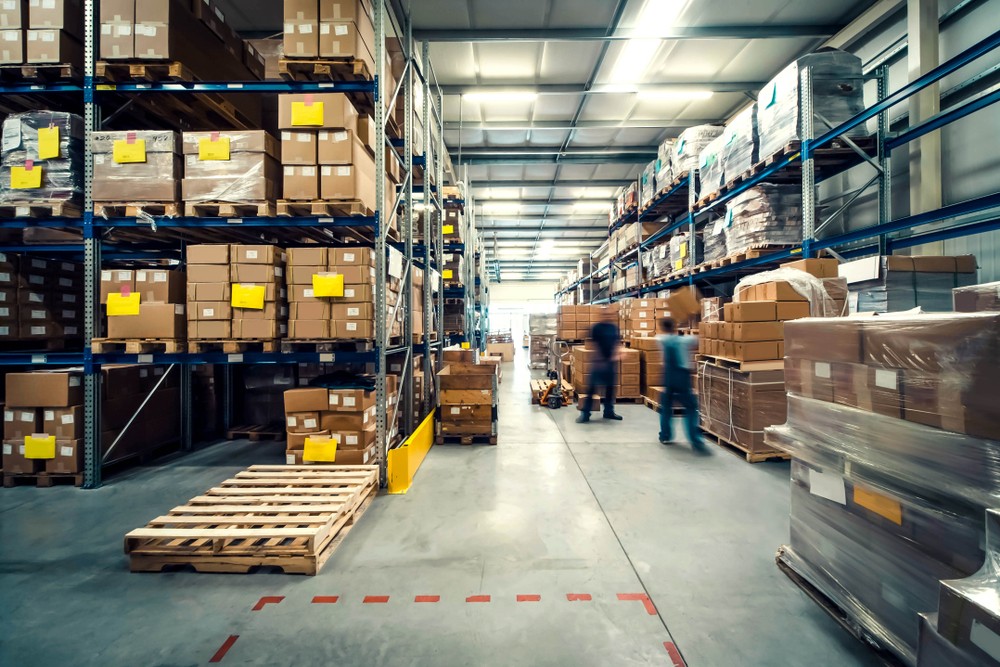Rising Interest Rates: Implications for the Manufacturing Industry

Interest rates are making frequent headlines in financial media so far this year. As inflation continues to trend near historic levels, the Federal Reserve is executing interest rate hikes as part of an aggressive monetary policy to bring it down. Although the rate hikes were expected, they are still sounding alarm bells for corporations that rely heavily on debt financing to fund operational growth — manufacturers chief among them.
With more rate hikes on the horizon, it’s time for manufacturers to reexamine strategies for funding capital purchases and, more importantly, making the most of existing assets.
Recapping recent rate hikes
Raising interest rates is a key part of monetary policy during inflationary periods. And when inflation is as aggressive as it is right now — topping 8% for a sustained period — the move to raise interest rates must be equally aggressive. That’s the reasoning behind the Fed’s largest rate hike in more than two decades, increasing the central interest rate by 0.5%.
The Fed has also announced its intention to levy at least two more interest rate hikes before the end of the year, though neither is expected to be as dramatic. Central banks will also begin to liquidate part of their collective $9 trillion balance sheet, which will further increase borrowing costs. Borrowing will be much more expensive by the close of 2022.

What it means for manufacturers
Manufacturing is an asset-driven sector, and assets are expensive. The cost of new machinery, equipment, vehicles, and infrastructure requires companies to seek debt financing to fund purchases. As interest rates rise, the cost of financing grows higher, which means manufacturers end up paying significantly more to expand operations.
The rising costs associated with asset acquisition are a dilemma for manufacturers: They must either spend more to borrow or spend more to maintain assets beyond their original life expectancy. Either way, there’s added expense for an industry already facing the significant squeeze of astronomical material prices. To cope with the rate hikes, manufacturers must get more creative about financing and acquiring fixed assets — and how they maximize ROI for assets already on their balance sheets.
Optimizing assets to offset borrowing costs
For manufacturers with aging equipment reaching the end of its life cycle, expediting purchasing isn’t a bad idea because the cost of borrowing is only going to go up. For producers with equipment still functioning efficiently, the focus should shift to better enterprise asset management (EAM).
Investing in EAM software with digital twin capability helps quantify equipment condition and map out the remainder of its useful life cycle. Moreover, investment in industrial internet of things (IIoT) technology may be more affordable than a capital expenditure investment for ensuring functional equipment. Even the cost of frequent preventive maintenance pales in comparison to the cost of new equipment.
Ultimately, manufacturers must be more attuned to all the costs associated with their equipment: especially when better management can offset significant capital expenditure investments. As the cost of borrowing rises, manufacturers must realize the cost of doing business is also rising. Efficiency considerations are key to moderating these costs.